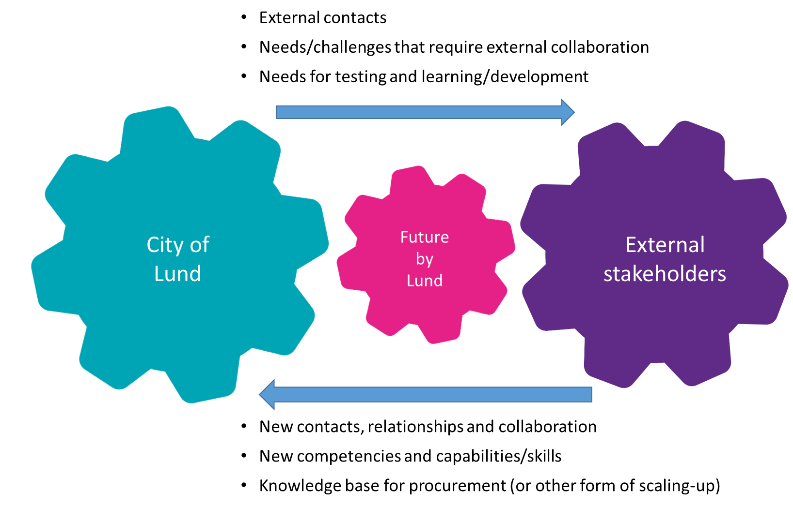Paper by Sebastián Lehuedé: “Data collaborations have gained currency over the last decade as a means for data- and skills-poor actors to thrive as a fourth paradigm takes hold in the sciences. Against this backdrop, this article traces the emergence of a collaborative subject position that strives to establish reciprocal and technical-oriented collaborations so as to catch up with the ongoing changes in research.
Combining insights from the modernity/coloniality group, political theory and science and technology studies, the article argues that this positionality engenders epistemic obedience by bracketing off critical questions regarding with whom and for whom knowledge is generated. In particular, a dis-embedding of the data producers, the erosion of local ties, and a data conformism are identified as fresh sources of obedience impinging upon the capacity to conduct research attuned to the needs and visions of the local context. A discursive-material analysis of interviews and field notes stemming from the case of astronomy data in Chile is conducted, examining the vision of local actors aiming to gain proximity to the mega observatories producing vast volumes of data in the Atacama Desert.
Given that these observatories are predominantly under the control of organisations from the United States and Europe, the adoption of a collaborative stance is now seen as the best means to ensure skills and technology transfer to local research teams. Delving into the epistemological dimension of data colonialism, this article warns that an increased emphasis on collaboration runs the risk of reproducing planetary hierarchies in times of data-intensive research….(More)”.


